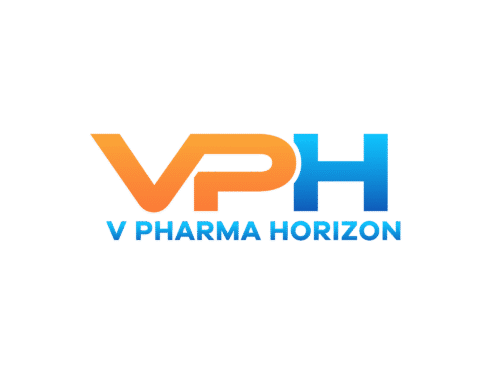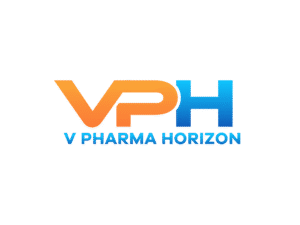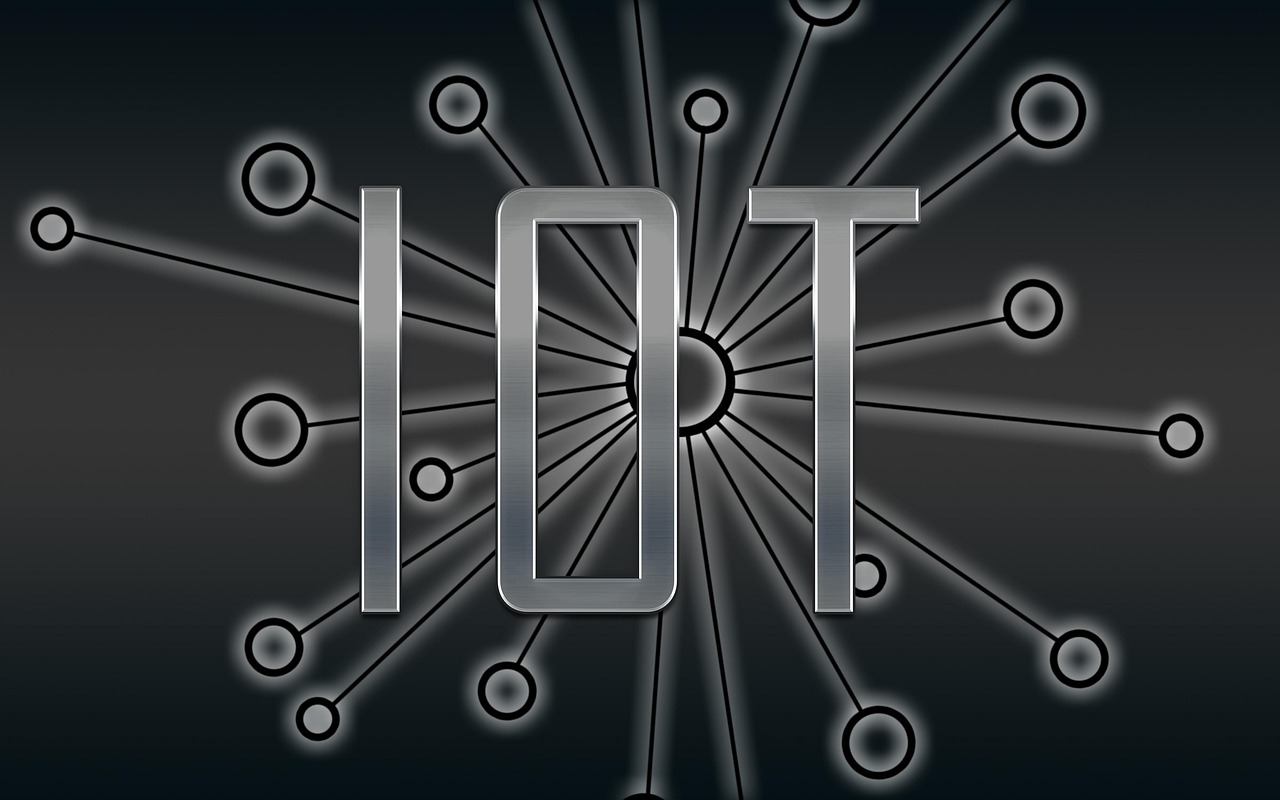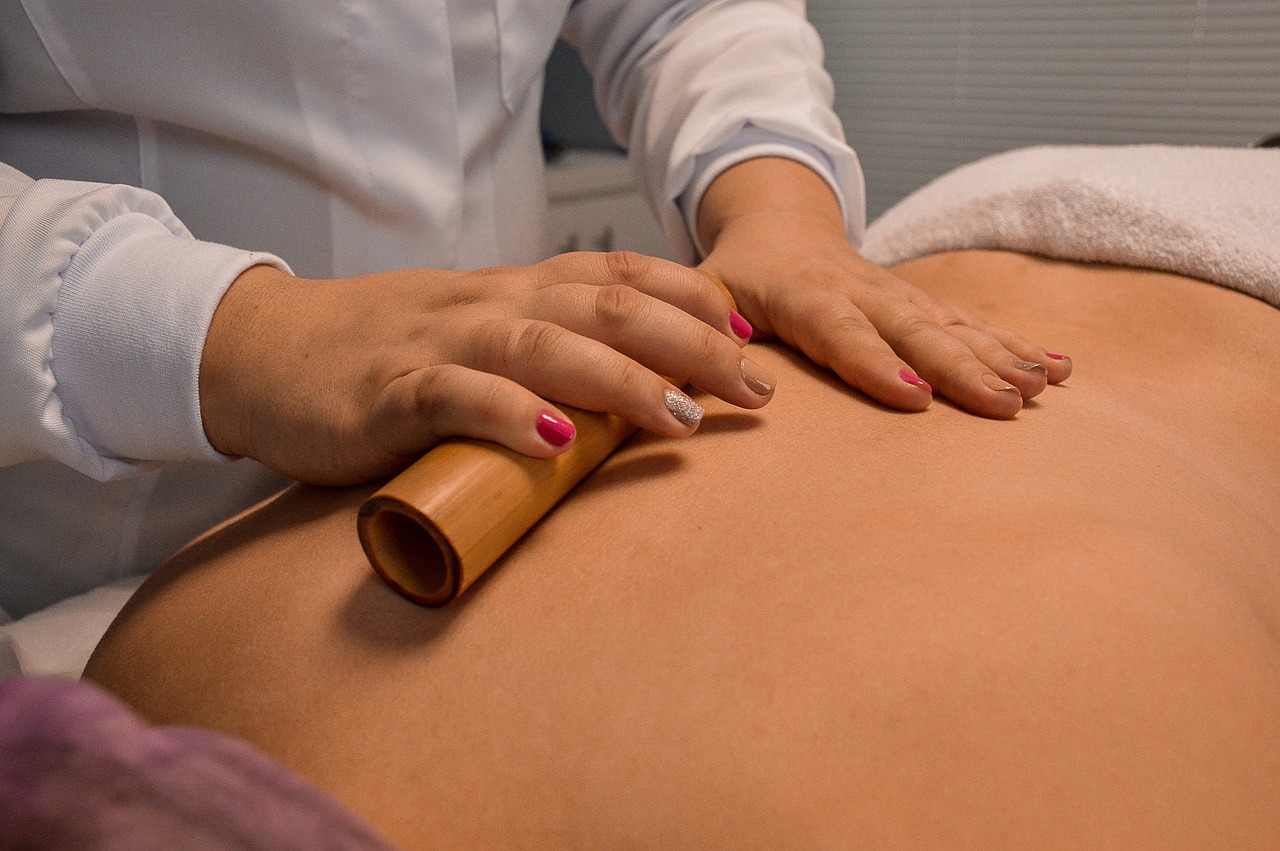Last-Mile Delivery in Pharma: Ensuring Speed and Safety
In the pharmaceutical industry, the "last mile" — the final leg of the delivery journey from a distribution center to the end user — is often the most critical and complex. Whether delivering life-saving drugs
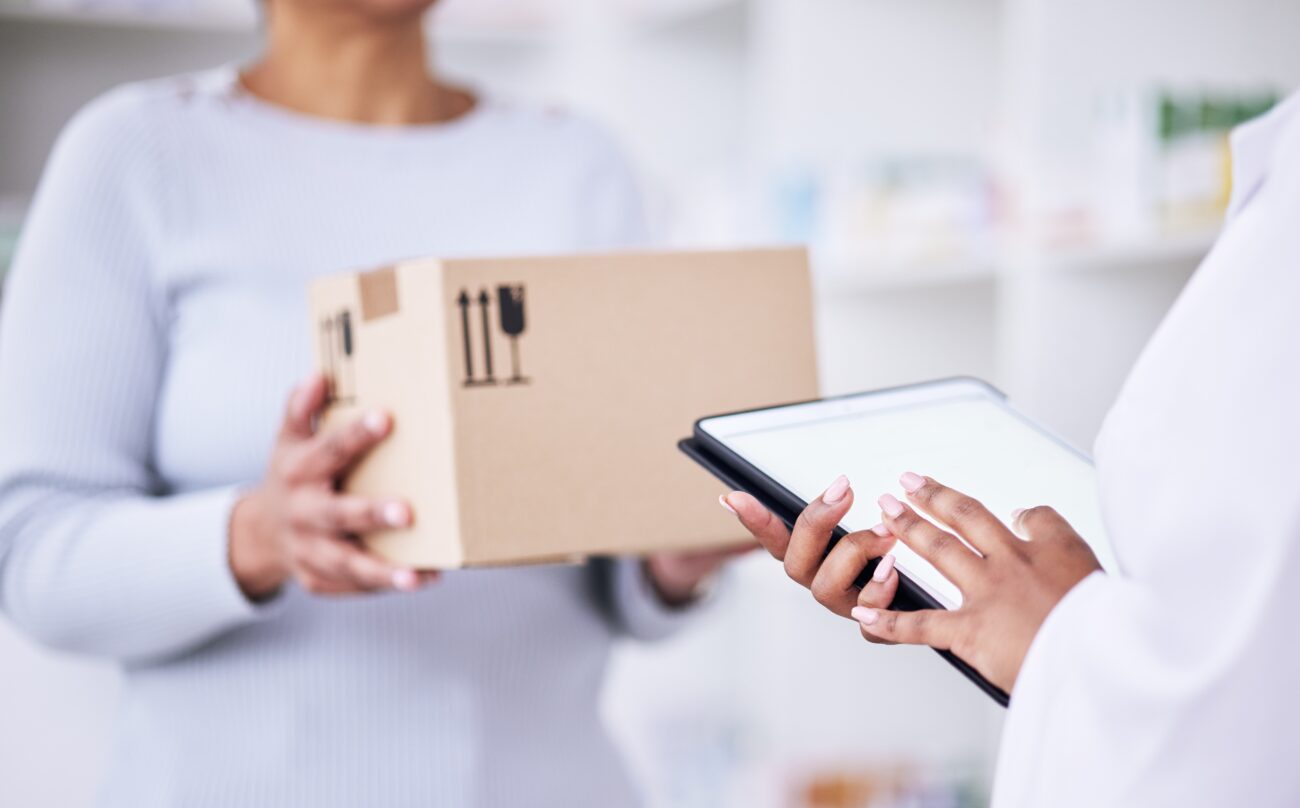
In the pharmaceutical industry, the “last mile” — the final leg of the delivery journey from a distribution center to the end user — is often the most critical and complex. Whether delivering life-saving drugs to a hospital or specialty medication to a patient’s doorstep, ensuring both speed and safety in last-mile pharmaceutical delivery is vital. The stakes are high: delays can jeopardize treatment efficacy, and improper handling can lead to spoilage or non-compliance with regulatory standards.
The High-Stakes Nature of Pharma Deliveries
Pharmaceutical products are not ordinary parcels. They often include temperature-sensitive biologics, controlled substances, or time-critical medications that require strict adherence to handling and delivery protocols. The complexity is amplified in cases like vaccines, insulin, oncology drugs, and clinical trial materials, where timing and conditions directly impact patient outcomes.
This necessitates a last-mile delivery infrastructure that combines logistical agility with pharmaceutical-grade quality assurance.
Key Challenges in Last-Mile Pharma Delivery
- Cold Chain Compliance
Maintaining specific temperature ranges — often between 2°C to 8°C or even colder — is essential during the entire delivery cycle. A single break in the cold chain during last-mile transit can render a drug ineffective or unsafe. - Regulatory and Security Concerns
Pharmaceuticals are heavily regulated. Deliveries must comply with standards from agencies like the FDA, EMA, or CDSCO. Moreover, the transport of narcotics or high-value drugs requires heightened security to prevent theft or misuse. - Delivery to Remote and Urban Locations
Urban congestion and rural inaccessibility both pose unique hurdles. Urban centers struggle with traffic delays and limited delivery windows, while rural regions may lack infrastructure altogether. - Patient-Centric Expectations
With the rise of telehealth and home care, patients expect Amazon-like convenience. This requires delivery systems that are not only fast but also flexible and transparent, with features like real-time tracking and scheduling.
Innovations Driving Last-Mile Transformation
To meet these demands, pharmaceutical companies and logistics providers are investing in digital tools, automation, and data-driven decision-making. Key innovations include:
- IoT-Enabled Packaging
Smart packaging with embedded sensors monitors temperature, humidity, light exposure, and shock events, ensuring product integrity and traceability in real time. - AI and Predictive Logistics
AI models optimize delivery routes and predict delays or risks, allowing for proactive mitigation — for example, rerouting deliveries in response to weather or traffic data. - Micro-Fulfillment Centers (MFCs)
By locating small distribution hubs closer to patients, companies can significantly reduce delivery times while maintaining stock of high-demand medications. - Drone and Autonomous Vehicle Delivery
Emerging technologies such as drones and self-driving vehicles are being piloted for rapid delivery in hard-to-reach or congested areas, especially during emergencies.
Ensuring Safety Without Compromising Speed
While speed is essential, it cannot come at the cost of quality and compliance. Safety is upheld through:
- GDP (Good Distribution Practice) Adherence
Ensuring that all delivery partners comply with GDP guidelines, which govern proper transportation and storage conditions for pharmaceuticals. - Chain of Custody Monitoring
Tracking every handoff and movement in the delivery chain reduces the risk of tampering and ensures accountability. - Patient Verification Protocols
For home deliveries, digital ID verification and electronic proof of delivery (ePOD) safeguard the medication from being delivered to the wrong recipient.
The Road Ahead
As digital health expands and the demand for personalized, at-home care increases, last-mile pharmaceutical delivery will only grow in strategic importance. Future systems will likely incorporate blockchain for secure tracking, 3D printing for localized production, and even AI-powered personalization for patient-specific delivery plans.
Ultimately, successful last-mile delivery in pharma is not just about logistics — it’s about protecting lives. The convergence of technology, regulation, and patient-centric design will be essential to ensure that medicines reach the right person, in the right condition, at the right time.
